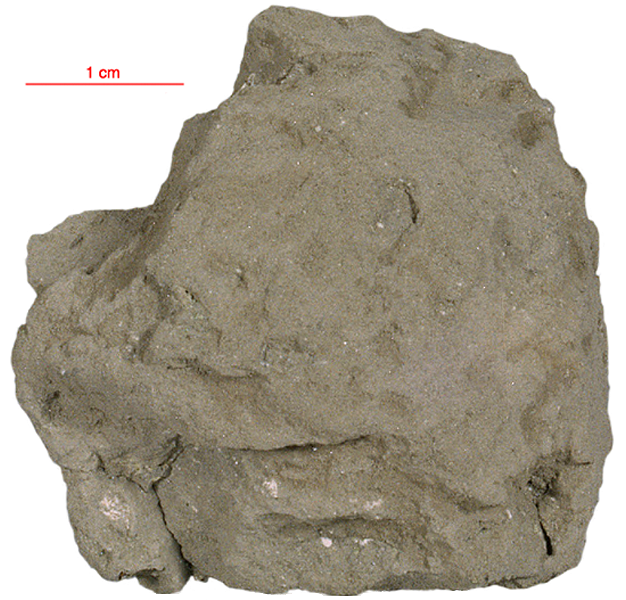
Fact sheet
15315 is a regolith breccia collected as part of a large soil (15300) and rake sample (15310). 15306, 15324, 15325 and 15330 are additional large soil breccias from the same rake sample, and there are many smaller fragments from the same sample. They all contain pale green glass beads. Our thin section contains many glass fragments with colourless, orange and mustard yellow beads also being present. In rotation 1 a colourless glass bead containing many linear crystallites fills most of the field of view. Rotation 2 shows a range of different glass types - some unaltered, others containing crystallites.
The sample weighed 35.6 grams before analysis and has not been dated.
Further details of this and other Apollo samples are here: http://curator.jsc.nasa.gov/lunar/
The mounting resin of this thin section has deteriorated over time and now contains clusters of colourful dendrites within and around the thin section.
The Apollo 15 landing site was in the Apennine Highlands, and close to Hadley Rille — a long, narrow winding valley. Approximately 76 kg of lunar material, including soil, rock, core-tube and deep-core samples, were returned to Earth.
This mission was the first flight of the Lunar Roving Vehicle which allowed the astronauts to venture further from the Lunar Module than in previous missions. During three periods of extravehicular activity, or EVA, on July 31st, and August 1st and 2nd, Scott and Irwin completed a record 18 hours, 37 minutes of exploration, travelling 17.5 miles, in the first car that humans had ever driven on the Moon.
Apollo 15 was launched on 26 July 1971.






